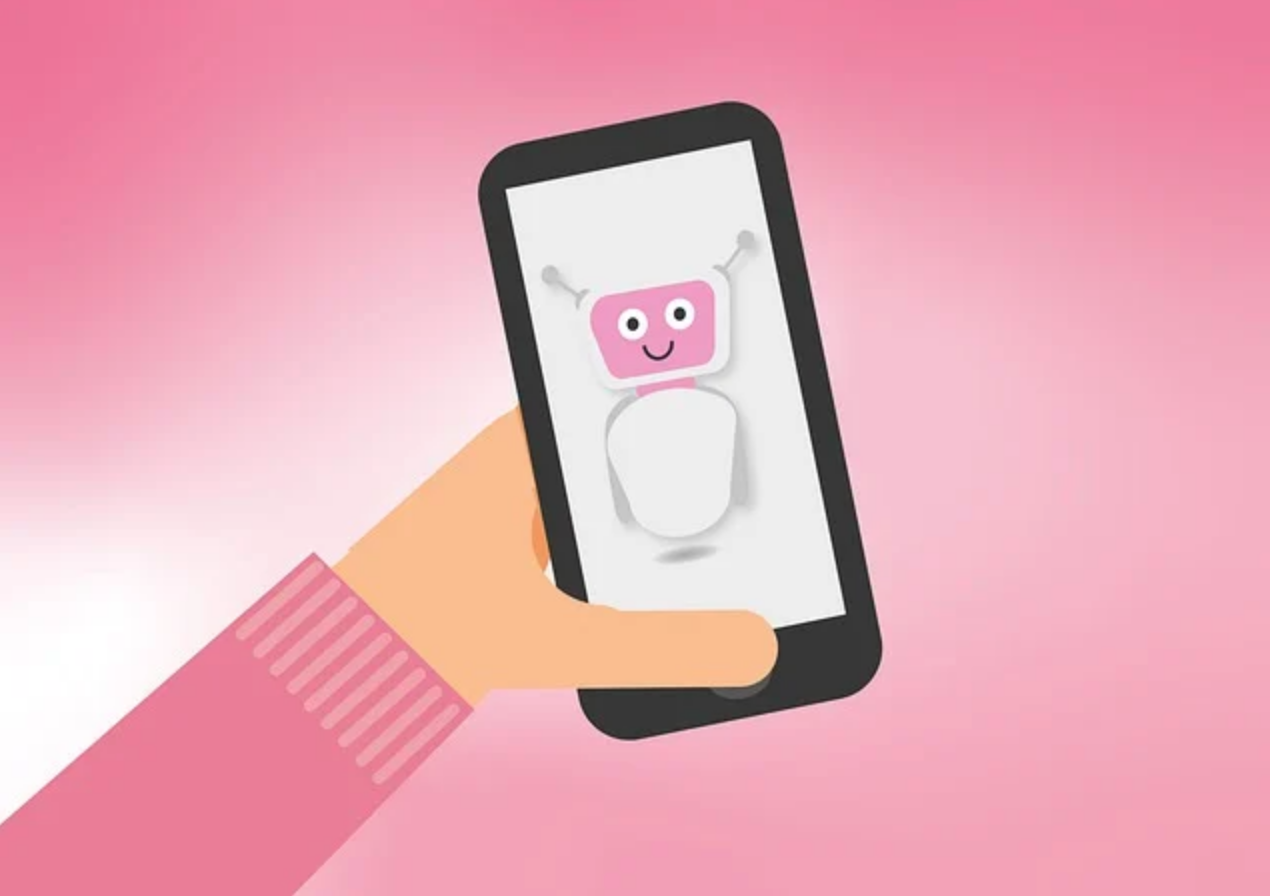3D printing has taken another huge step forward with engineers and physicians successfully creating a prosthetic human ear by using injectable moulds.
The injectable moulds contain living cells that were used to mould the shape of the ear. Over three months, the collagen used to mould them is replaced by cartilage once implanted. The discovery was made by scientists and biomedical engineers in Cornell University and Weill Cornell Medical College and detailed in online peer review journal PLOS ONE.
The process starts with a digitised image of an ear for the printer. The file instructs the printer to mould the ear accordingly and then injects the gel containing living cells.
The whole procedure is quite fast. The mould takes roughly half a day to print and 30 minutes to inject the gel. It is then trimmed and left to culture in ‘nourishing cell culture media’ for a number of days before it is implanted on to a person.
The manufactured ear could help babies who have been born with ear deformities and in the long run be used to help people who lost their hearing later in life, whether through injury or illness, explains Dr Jason Spector.
Spector is the directorof the Laboratory for Bioregenerative Medicine and Surgery in New York and associate professor of plastic surgery with Weill Cornell. His colleague and co-lead author of the study, Lawrence Bonassar who is the associate professor of biomedical engineering also stated: “This is such a win-win for both medicine and basic science, demonstrating what we can achieve when we work together.”







